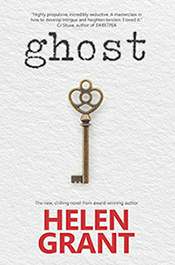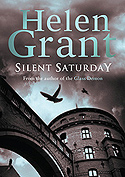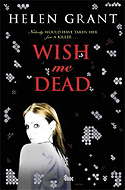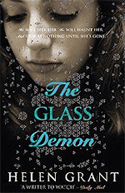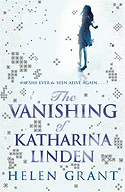I'm not going to list all the things we did before the internet existed, and I'm definitely not going to go the full curmudgeon ("when I was a child we played outdoors on the main road/cleaned cars for a shilling/wrote 6 page letters to our grandmothers using a quill pen and parchment" etc etc). Personally I love the interwebz and cannot stay off it.*
One thing that I do remember with a certain fondness, though, is communicating with my loved ones when I was away travelling, in the days before smartphones, wifi, and - gasp! - even before internet cafes. Yes, dear friends, I have lived so long that I can remember such primitive times.
These days, when friends or relatives travel in far-flung places, they very properly post photographs to Facebook and Instagram the very same day. Sometimes they post them while they are actually doing whatever it is they are doing in those places. Back in 1992, when I travelled overland from London to Kathmandu on a Bedford truck, this was not so. Not only were there no internet cafes, the camera I took with me was one that had to be loaded with rolls of film, which were developed when you got home at the end of your trip. There was no Facebook yet, so the only way you could share your pictures with your friends was to show them the prints. You can imagine how time consuming that was. Nowadays, if I go anywhere interesting, I can show my snaps to 438 people with a few mouse clicks. Let us hope they are grateful. *cough*
In 1992 I did not have a mobile phone either. So the only way I could keep in touch with home was by using landlines (where I could get at one) or by post. Using a landline mostly meant waiting until we got to a city and then going to the telephone exchange, where I would pay extortionate amounts (in local terms) for a crackly two minutes talking to my boyfriend (now husband) in England. This was rather unsatisfactory, so mostly I used the post instead.
In the four months that I was away that time, I wrote to my other half pretty much every day, posting the letters whenever we got to somewhere with a posting box. I also wrote to my family. They wrote to me too, via a series of poste restante addresses that I gave them before I left. It was always rather a tense moment when we rolled into a town large enough to have a poste restante address, and went to see whether there were any letters! If there weren't any, it might be a wait of weeks before we got to the next poste restante, with no word in between.
I still have most of the letters exchanged on that trip. My husband kept all his, and I kept all the ones I received too. Nearly every single letter I sent on that trip and during my various other travels arrived safely. One from my mother addressed to me in Islamabad failed to turn up, and some postcards I sent from Uzbekistan took four months to arrive, but nothing else went astray.
Once in a blue moon I get all the letters out of the drawer where I keep them, and read some of them again. When I photographed them for this blog post (above), I picked out one at random and read, "I do not know when I will get to post this! We are rough camping on a hillside near Ephesus. It is dark and incredibly humid! This is our second attempt at a camp - we got moved off the last one by an irate farmer wielding a loaded shotgun (we know it was loaded because he fired a few warning shots)..." Ah, fun times.
Anyway, that's what we did before the internet existed.
Above: photo from the Karakoram Highway, taken with an old Pentax ME Super
* even though last time I used the word "interwebz", people actually wrote to me pointing out that "it is either the internet or the world wide web". Thanks.






